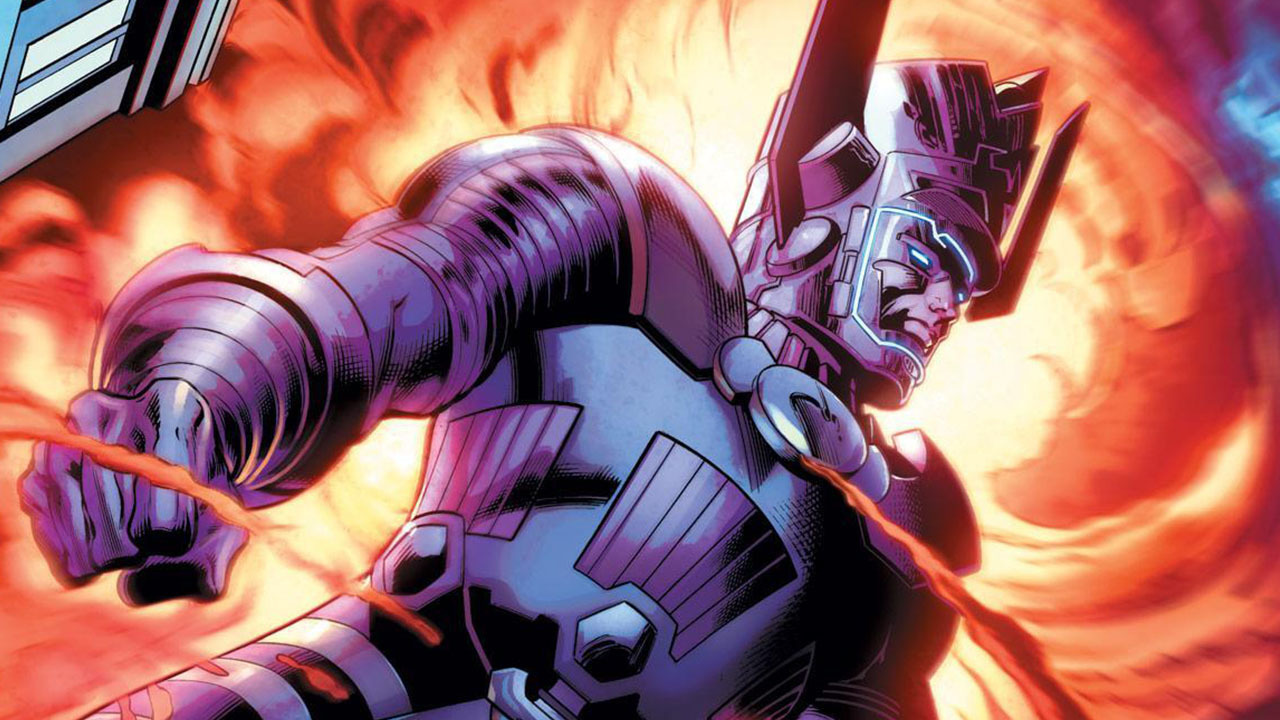While watching Rango I couldn’t help but think of the first Pirates of the Caribbean movie and the way director Gore Verbinski so capably managed the demands of combining that grisly world of skeletons and corpses with a lighter sense of humor. In Rango Verbinski re-teams with Johnny Depp, this time for an animated movie which in theory, is geared towards kids, but in practice ends up taking the Pirates of the Caribbean approach by combining a skewed view of the macabre with the wry, snarky wit of Depp voicing the film’s hero. It’s something no other computer animated movie has ever really attempted before, let alone pulled off. In Rango it sort of works, and even if it didn’t the movie should get at least an extra star for trying something so unique and ambitious.
The story’s all wrapped up in a classic Western tale. A stranger comes to a dusty, struggling, frontier town and tells everyone he’s a hero. He isn’t, but they believe him, and before long he finds himself out of his depth and in deep trouble, facing down real villains in a desperate bid to save the town. In Rango a lizard, voiced by Johnny Depp, is that hero. We never actually know his name, maybe he doesn’t have one, but in the midst of concocting the fantastical, heroic tale which explains his origins for the town’s folk he calls himself Rango (presumably because he thinks it sounds tough) and no one is the wiser.
At first Rango is more Don Knotts than John Wayne. He wanders around town spinning yarns, selling his bumbling and running as not ineptitude and cowardice, but carefully calculated heroism. Before the movie’s over he’ll have morphed from Don Knotts into the spitting, animated lizard version of Clint Eastwood, eventually even getting the Wild West icon’s blessing in one of the most bizarre yet wonderful cameos you’re likely to see in any movie this year (surpassed only by a cameo of a completely different kind, earlier in the film). Rango’s character arc works and the underpinnings of his story, as well-worn as the hard-packed ground of the desert itself, never get old no matter how many times you see them.
Rango’s tale feels familiar and that’s a good thing, because though the plot is something you’ve seen before, almost nothing else about this movie is. Things get strange in Rango and the decision to use such a standard Western archetype as a framework for that oddity was a good one, keeping the audience from completely spinning off the rails as the movie’s cavalcade of freakish desert creatures parades across the screen. Parents with young children be warned: this movie may not be for them.
The town of Dirt is weird, really weird. Populated by the most gruesomely envisioned versions of every desert creature you can imagine, it’s a place of hard-scrabble living, dim lit taverns, and dangerously disturbed, scaly residents. The movie somehow remains a western as it mixes in acid-trip like fantasy sequences, natural wonders, magic cactus’, and unexpected commentary on the wasteful nature of Las Vegas. There’s not a single frame or idea in this film that isn’t trying so hard to be original it almost hurts. Actually, at times it does hurt.
If Rango has a problem it’s that it has too many ideas, that it’s trying too hard. At some point it all skews very close to becoming a complete jumble, the groups of background characters surrounding Rango all merging together into one, amorphous blob of odd. Rango has a million completely unique ideas and it tries to do all of them. It’s never overwhelming, but it is distracting. It’s hard to be engaged by anything that’s going on no matter how wonderful Hans Zimmer’s score or how mind-blowingly cinematic Verbinski makes every single shot.
Here’s the best way I can think of to explain what’s gone wrong here, by way of example. The movie contains no fewer than five different villains. Some of them are connected, some of them aren’t. The first bad guy we meet doesn’t last long, and he’s taken out early on. The second bad guy eventually turns out to be a lowly thug, who sort of just fades into the background where he’s ignored. The third group of evildoers goes through a strange character arc from comic relief, to evil and dangerous to mostly harmless and then later, transformed for no particular reason into heroes. The fourth villain is a stone cold killer, but we never see him at all until the final act, and by then it’s too late to develop him into anything truly substantive. The fifth nefarious figure is there throughout the entire film, and having seen Westerns you know exactly what he is, but the story spends a lot of time pretending he’s not. All of these villains are actually, on their own, great ideas but with five of them crammed into a single movie, divided up by their own carved out little space; it never truly fits together into a contiguous air of menace. Rango probably should have picked just two or three, and saved the rest for the sequel.
I really hope there is a sequel. You’ll walk out of Rango wanting desperately to like it, maybe even hoping for more of it. Verbinski’s film is so unique and so ambitious that despite the ways it which it doesn’t connect, you’re sure to forgive it. It’s the kind of work that deserves applause, the kind of filmmaking that teeters right on the edge of being revolutionary. No one else has used animation like this, it’s a first, and worthy of your attention.












